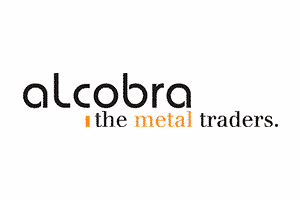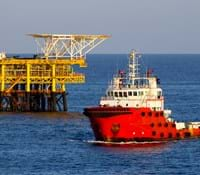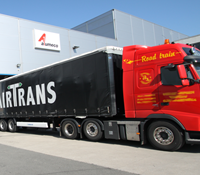Metal Price News - November

The US government shutdown has ended after 43 days. This has caused optimism in the markets – but economic data from both the US and China are causing concern.
Macroeconomic developments
There is growing focus on the valuation of AI and whether we are witnessing a bubble among the major tech companies (Apple, Microsoft, Amazon, Alphabet, Meta, Nvidia and Tesla).
On Monday night, we got a small glimpse of this when investors sold off Nvidia shares, believing the price was too high. Copper prices fell by around €100 overnight due to the sudden uncertainty.
There is no doubt that if there is a bubble and it bursts, the impact will be felt all across the financial markets.
United States
The US government reopened last week, so we can once again expect key economic data from the US. The data will be released later this week, but already several members of the Federal Reserve have questioned whether there will be an interest rate cut in December. Two weeks ago, expectations were at 90–95% for a rate cut. The change suggests that the Fed anticipates both inflation and employment remain high.
Uncertainty around the rate cut has dampened the stock market and gold prices.
Last month’s trade war with China has ended in a temporary ceasefire and withdrawal from both sides.

China
Last month we wrote about positive developments in China, but they have already reversed: economic indicators are weaker than expected. Most recently, industrial production and retail sales showed the weakest growth in more than 14 months, and property prices have started to fall again.
Previously, the Chinese government has introduced stimulus packages to boost the economy, but there are no announcements of this yet. So for now, it is hard to find anything positive about China.
Europe
In Europe, the key figures are also disappointing. Germany in particular keeps struggling.
Copper
Copper prices are still at an unusually high level. This is due to both real supply issues and market speculation:
The actual supply constraint is caused by the mining accident in Indonesia, as the mine accounts for 4% of global production. The mine is still closed, and this is expected to affect output at least six months into 2026.
The second reason for high prices is that several large investment funds are buying copper to push prices upwards. This is supported by the fact that prices remain high despite disappointing economic data from China. The investment funds are taking advantage of the fact that the copper market is so small that a fairly small capital base is enough to influence the price and maximise profits.
At the end of October, copper reached USD 11,100, but that price was too high to last.

Aluminium
There have been rumours that aluminium prices would rise even as copper prices went down. Normally, the two metals move roughly in tandem.
As with copper, expectations of a price increase are due to both a physical production limit and a more speculative factor:
One factor is that China is approaching its production cap for aluminium. This could cause demand to outrun supply and push prices up. However, China could also choose to raise the cap to ease the pressure.
The other factor is investment funds. The funds that are currently investing in copper could decide to cash in and shift their focus to aluminium, attempting to drive the price above USD 3,000.
For now, both scenarios remain speculative, and we have not seen aluminium prices break away from copper.

Stainless steel
CBAM is still the major theme in stainless steel. The EU carbon tax will come into force on 1 January, and we expect steady price increases over the coming months. This is the opposite of the usual end-of-year trend where everyone will limit their purchase to reduce inventories.
The actual tax rates in CBAM are still unknown. There are rumours in the market, but no one really knows.
It will be interesting to see how the new tax will affect the market. Some companies and mills have imported large quantities of stainless steel from Asia, and some of those quantities will have to be found in Europe now.
Sheets/plates
The price is going up as European wholesalers are preparing for Q1 with CBAM and new safeguard quotas. The alloy surcharge is falling slightly on both 4301 and 4404, but not enough to counter the price increases.
Right now, the lead time is January 2026, and the market is starting to feel the increasing demand.
Bars
We see the same downwards trend in alloy surcharges for bars, and it looks like the price will also creep downwards in the next few months.
Lead times are stable right now, but we expect more pressure in Q3 when the new safeguard quota comes into force. The import quota is expected to be significantly smaller than today, so there will be more demand for European material.


















